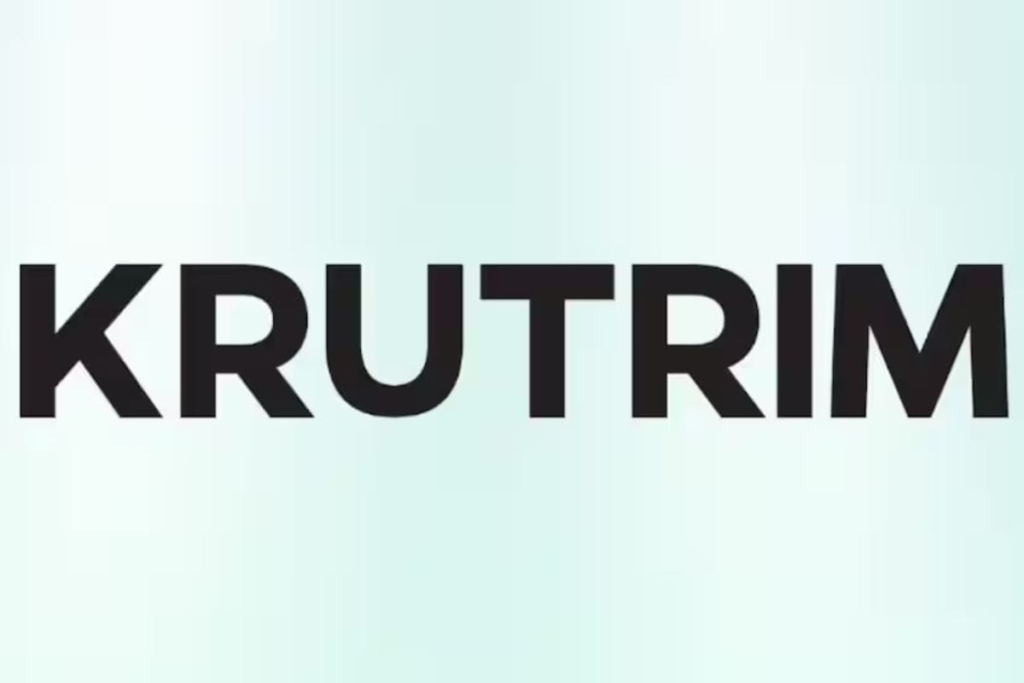On Tuesday, Bhavish Aggarwal, founder and chairman of Ola, unveiled the Krutrim AI lab, which is set to serve as the primary center for the upcoming model releases of Ola Krutrim. The announcement included the launch of various new open-source AI models tailored for the Indian market, with the standout being the Krutrim-2 AI model. Aggarwal also revealed a significant investment plan of Rs. 2,000 crores for Krutrim, projecting a total investment of Rs. 10,000 crores by next year.
Krutrim AI Lab and New Models Released
In a post on X, formerly known as Twitter, Aggarwal emphasized the ongoing efforts of his company in advancing AI technologies since its inception. He highlighted Krutrim’s progress over the past year, during which several new open-source models were developed. “Our focus is on creating AI solutions for India—enhancing AI capabilities in Indian languages and addressing challenges related to data scarcity and cultural context,” he stated.
The most notable release is the Krutrim-2, a comprehensive AI model featuring 12 billion parameters, succeeding the earlier Krutrim-1 model. Built on the Mistral-NeMo-12B-Instruct architecture, this dense transformer model supports multilingual responses in both English and 22 Indian regional languages, accommodating a context window of 128,000 tokens. The model is accessible through Hugging Face under the Krutrim Community License for academic and research purposes.
Additionally, Krutrim introduced the Chitrarth-1, a multilingual Vision Language Model (VLM) utilizing Krutrim-7B. This model employs a SIGLIP vision encoder to analyze and interpret visual data. Trained on diverse multilingual image and text datasets, Chitrarth-1 is capable of functioning across nine Indian regional languages including Assamese, Bengali, and Tamil, alongside English proficiency.
For applications in speech translation, the company rolled out the Dhwani-1, an automatic speech recognition (ASR) model enabling translation between Indic languages and English. It covers languages such as Hindi, Malayalam, and Gujarati and is complemented by the Krutrim Translate text translation model.
Aggarwal also announced the release of Vyakyarth-1-Indic-Embedding, a multilingual sentence-transformer model aimed at tasks such as semantic textual similarity, search, clustering, and classification across 100 languages. This model is positioned to be beneficial for cross-lingual natural language processing (NLP) applications.
Furthermore, Aggarwal noted the development of a new benchmark known as BharatBench, which evaluates AI model performance specifically for Indic languages. He asserted that this benchmark embraces the unique linguistic and cultural aspects of India, distinguishing it from other evaluation methodologies.
“Although we are still working towards achieving global benchmarks, we have made meaningful strides in just one year. By open-sourcing our models, we aim to foster collaboration within the Indian AI community, driving the creation of a robust Indian AI ecosystem,” Aggarwal remarked.
Krutrim is also collaborating with Nvidia to implement the tech company’s Blackwell-based GB200 GPU for AI-driven workloads, with plans for infrastructure rollout by March.






